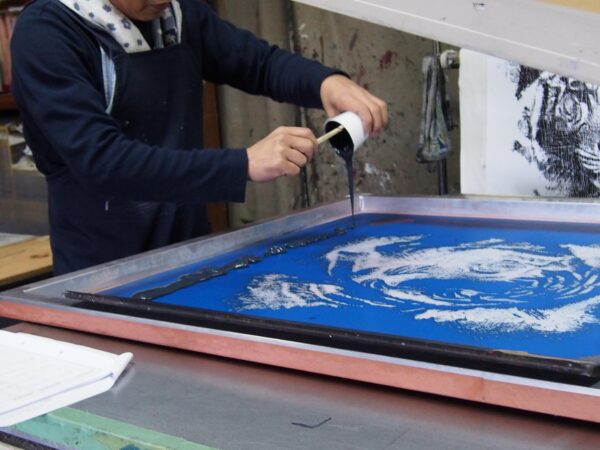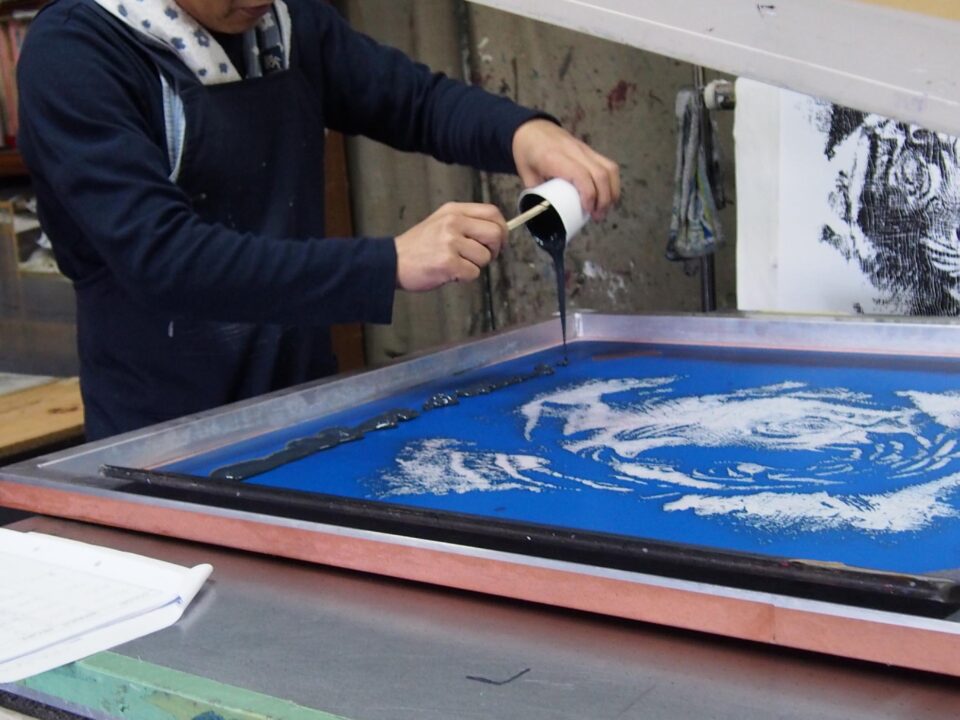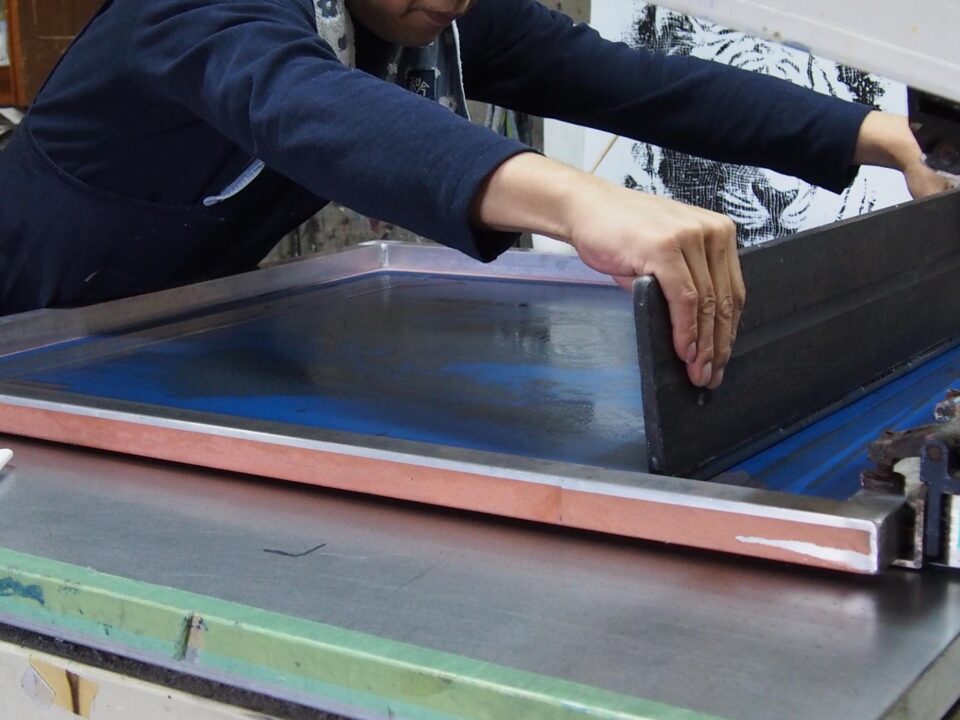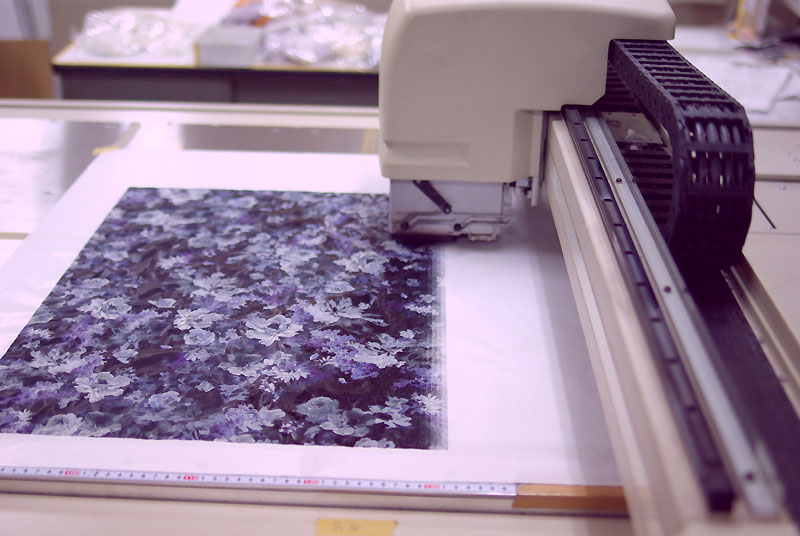KNIT MAGAZINE
- Others
Understanding Textile Printing Techniques: Pigment Printing vs. Dye Printing

- Post date:
- January 23, 2024 07:00
- (Update: December 20, 2023 03:22)
KNIT MAGAZINE


Did you know that there are various types of prints?
This time, I delved into the different types of such prints, exploring the distinctions between pigment prints and dye prints and their unique characteristics.
Table of Contents
First of all, concerning pigment printing, it involves attaching a colored adhesive to the thread. In simple terms, it’s similar to painting. There is a sense of unevenness on the surface, and the hardness persists. While most materials can be used, there are some exceptions. On the other hand, dye printing involves dyeing threads. There are various dyes suitable for the material, so I use them for printing. It is not colored with adhesive.
As mentioned earlier, the materials used for pigment printing are as described above. Since it involves a colored adhesive, does it adhere firmly to the fibers? That is the key point. Therefore, it is advisable to avoid using it for fibers with strong water repellency. There are various types of pigment prints, including so-called soft pigments and rubber that can be printed even on dark backgrounds.
The type of dye used for dye printing varies depending on the material:
The dye that matches each material will be used to achieve the desired effect. For a beautiful dye print, it is recommended to use fibers that are 100% made of the same material.
Also, in dye printing, since the dye penetrates into the threads, the pattern cannot be seen unless it is a dark print (pattern) on light-colored threads.
This involves using both silk screen plates and an inkjet machine. Additionally, there’s a sheet transfer method (sublimation printing) using a heat press machine. Silkscreen printing can utilize either pigments or dyes. The distinctive feature lies in pushing the ink into the fibers (knitted fabric) using a rubber spatula, providing adhesive strength, permeability, and vibrant color development. When employing silkscreen, since each color is printed separately, you’ll need a corresponding number of plates based on the desired pattern’s color count.
On the other hand, inkjet machines, under computer control, spray dyes to create patterns. This method allows for expressing multicolor patterns without a limitation on the number of colors.
However, as it involves dye spraying, the permeability is not as high as that achieved with silk screen printing. Additionally, it may pose challenges with fluffy materials.



Subscribe Now
To receive the latest updates and insights, subscribe to our newsletter.
Contact Us
For further inquiries regarding this article, please feel free to contact us.